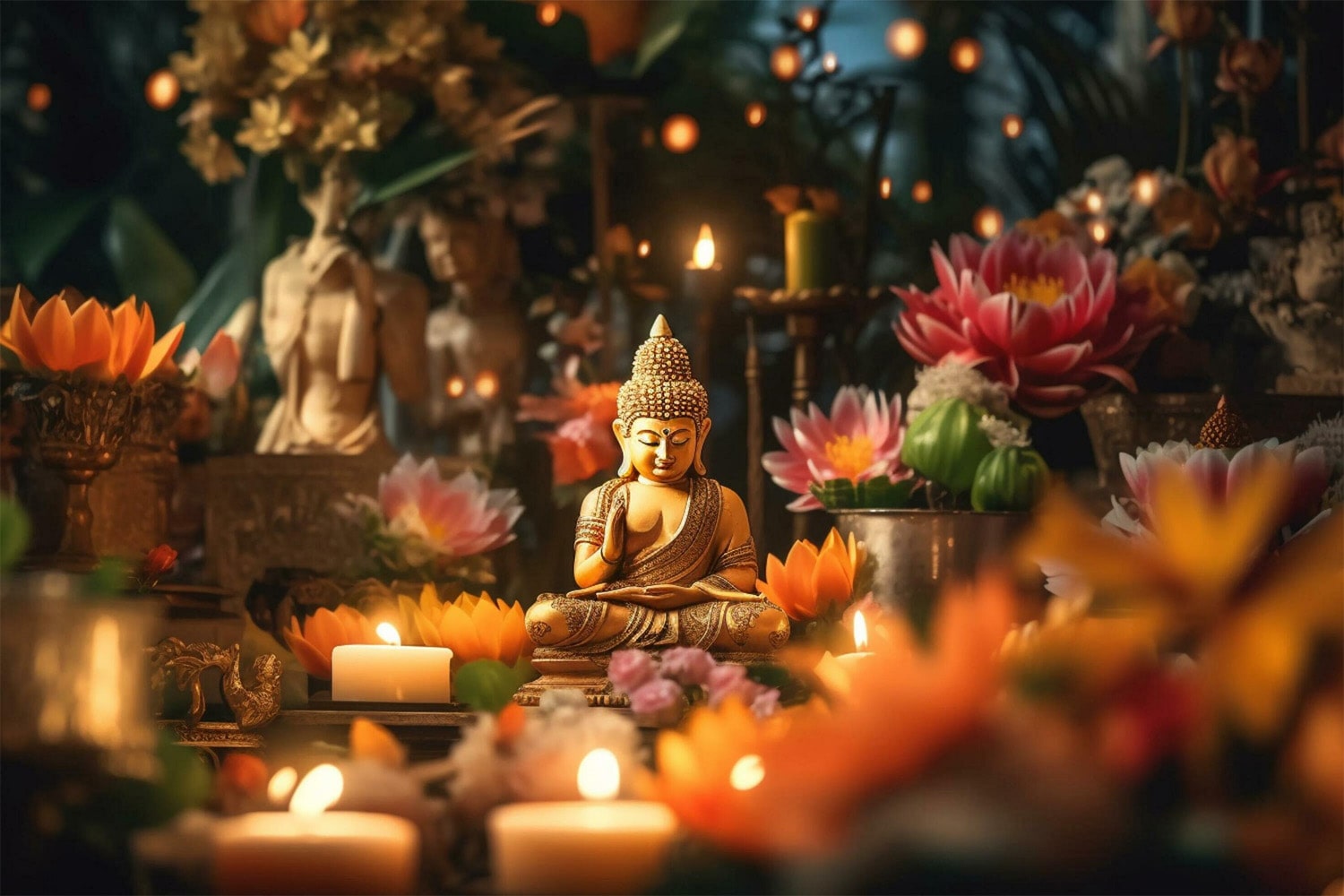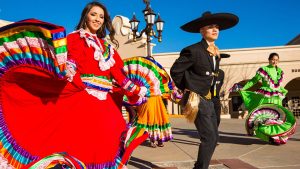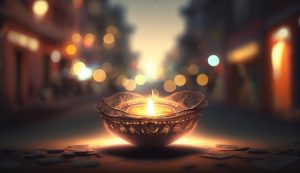
23 interesting facts about Vesak
- 👁️ 1554
Vesak, also known as Buddha Purnima or Buddha Day, is one of the most important and sacred festivals in the Buddhist calendar. It commemorates the birth, enlightenment (Nirvana), and death (Parinirvana) of Gautama Buddha, making it a day of immense spiritual significance for Buddhists around the world. Observed on the full moon of the ancient lunar month of Vesakha, which usually falls in May or early June, this day unites millions in a celebration of peace, reflection, and devotion. From lighting lamps and visiting temples to practicing acts of kindness and generosity, Vesak is observed with various traditional and meaningful activities. Here are 23 interesting and informative facts about Vesak that highlight its significance, traditions, and global observance.
- Vesak is recognized by the United Nations as an international day of observance.
- The exact date of Vesak varies each year, depending on the lunar calendar.
- It is a public holiday in many countries, including Sri Lanka, India, Nepal, Bhutan, Vietnam, Thailand, Cambodia, Laos, Singapore, and Indonesia.
- The tradition of celebrating Vesak goes back over 2,500 years.
- Buddhists often wear white on Vesak to symbolize purity and renewal.
- Observers of Vesak participate in “Bathing the Buddha” ceremonies, symbolizing a fresh start and the cleansing of bad karma.
- Many Buddhists observe Vesak by practicing Dana, the act of giving, often through contributions to charities or providing for the needy.
- Sila, the practice of maintaining moral conduct, is another key observance on Vesak, with many Buddhists choosing to observe the eight precepts.
- Meditation and mindful reflection are central to Vesak celebrations, emphasizing inner peace and enlightenment.
- Temples are adorned with lanterns and decorations, and devotees bring offerings of flowers, incense, and candles.
- Vegetarian meals are commonly eaten on Vesak to honor the Buddha’s teachings on non-violence and compassion towards all living beings.
- In Sri Lanka, the sale of alcohol and meat is banned on Vesak.
- Lanterns, symbolizing the light of the Buddha’s teachings, are a prominent feature of Vesak decorations, particularly in Sri Lanka and Thailand.
- Vesak marks the season for the release of caged animals in some countries, reflecting the Buddhist teaching of liberation and compassion.
- The United Nations first officially recognized Vesak as an international day of observance in 1999.
- Buddhists believe that performing good deeds on Vesak will multiply their merit.
- Traditional “Vesak cards” are exchanged in some cultures, offering wishes of peace and happiness.
- Pandals, or decorative gateways and pavilions, are erected in public spaces in countries like Sri Lanka, displaying scenes from the Buddha’s life.
- In Indonesia, thousands of Buddhists celebrate Vesak at the ancient Borobudur temple.
- The World Fellowship of Buddhists formally agreed to celebrate Vesak as the Buddha’s birthday in 1950.
- Candlelit processions, known as Wisak Lantern Parades, take place in several countries, creating a serene and majestic atmosphere.
- Environmental cleanup projects are increasingly becoming part of Vesak celebrations, emphasizing the Buddhist respect for all forms of life.
- The message of Vesak extends beyond Buddhism, promoting universal peace, compassion, and goodwill towards all beings.
Vesak illuminates the teachings of Buddhism, bringing together millions in a shared celebration of the Buddha’s life and wisdom. It is a time for reflection, joy, and a recommitment to the principles of kindness, peace, and compassion. Across the world, the observance of Vesak fosters a sense of unity and purpose, transcending cultural and geographical boundaries. As a beacon of hope and renewal, Vesak continues to inspire individuals to live in harmony with themselves, others, and the world around them.











